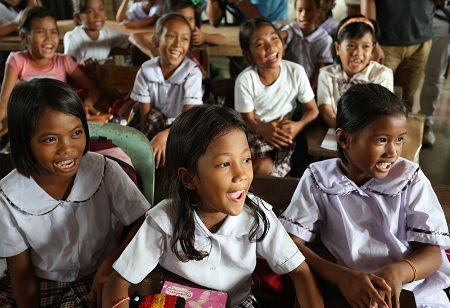- AMAES introduces a new education model that allows learners to study anytime, anywhere, and at their own pace.
- U-Learn 24/7 offers flexible learning modes face to face, blended, fully online, or self-paced with mentorship.
- The system supports a wide range of academic programs with a focus on accessibility, quality, and global alignment.
AMA Education System (AMAES), the largest educational network in Asia, has launched its groundbreaking U-Learn 24/7 Education Model, aimed at transforming how Filipinos pursue academic and professional qualifications. This learner centered model offers flexibility, accessibility, and personalization breaking away from traditional, rigid education structures.
Designed to empower students, the U-Learn 24/7 model allows individuals to choose how they want to study, through in-person classes, blended learning, fully online sessions with set schedules, or self-paced options guided by mentors. This flexibility enables learners to align their education with personal and career goals without compromising academic quality or compliance with national and international standards.
The model includes a wide range of programs from basic education and bachelor's degrees to professional certifications in areas like IT, healthcare, business, maritime, and aviation. Students can enroll under trimester, semester, or diploma formats, or join the Distance Education Express with new classes starting every 10 days. The system also allows course switching at any point, making it adaptable to changing career paths.
Also Read: Filipino-Run School in Bahrain Uplifts OFW Families Through Education
Academic profiling, mentorship, and support hubs across AMA’s network including AMA University, ACLC, ABE International, and more enhance the student experience. For basic education, it integrates with the Department of Education’s homeschooling permit, making it a complete solution from primary to tertiary education.
As AMAES celebrates its 45th year, the U-Learn 24/7 model reaffirms its mission: education should adapt to learners, not the other way around. This new approach brings the ‘anytime, anywhere’ promise of modern education to life for millions of students across the Philippines.

